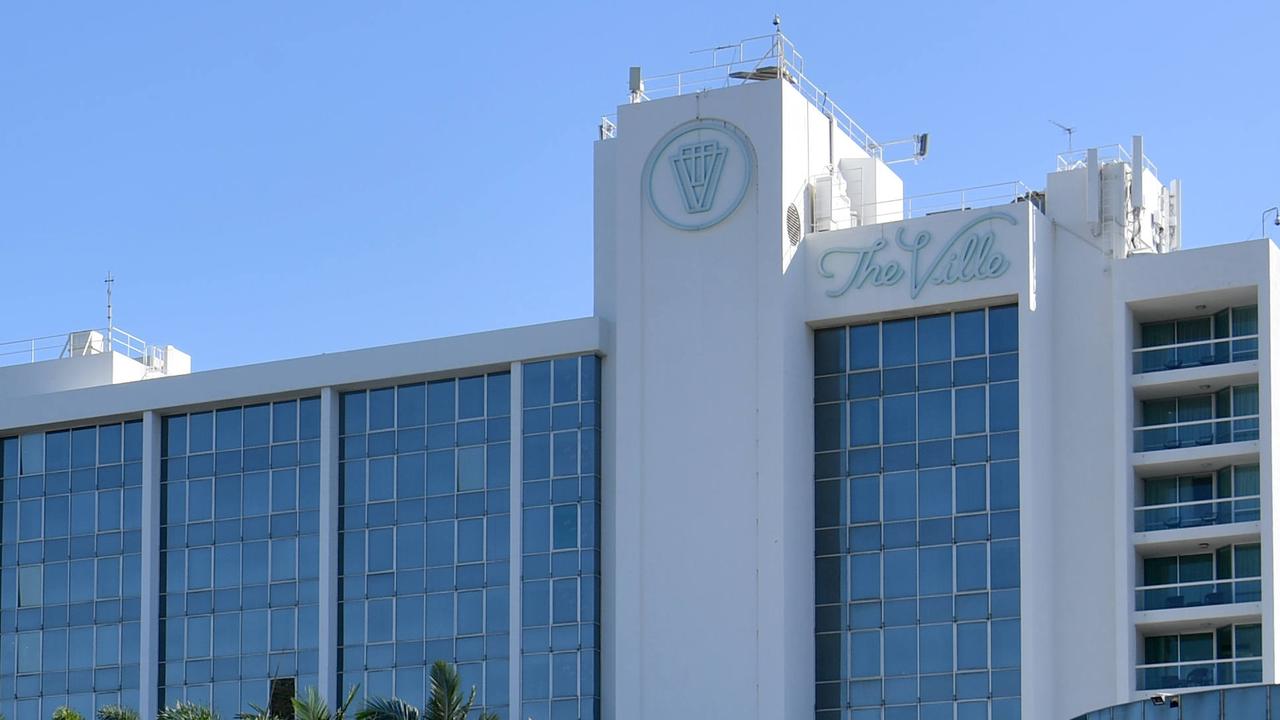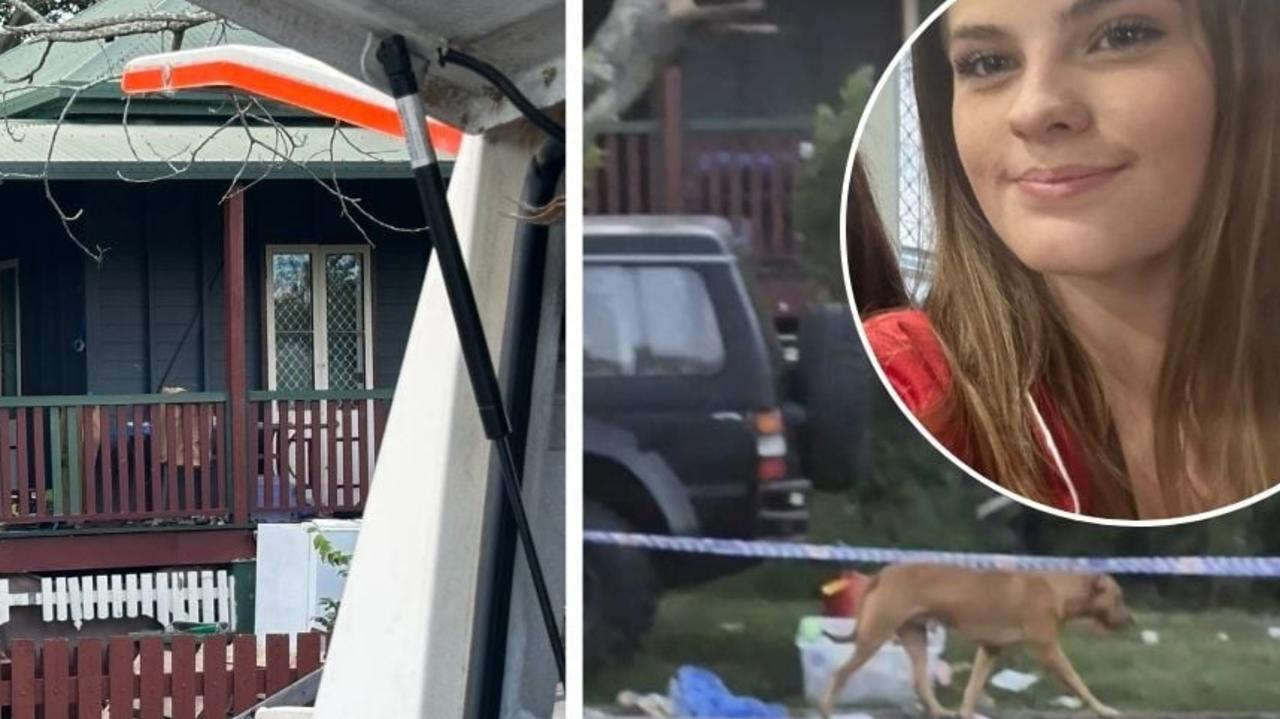Astonishing number of homes Ipswich needs to build by 2045
There will be more granny flats and taller buildings under a new Ipswich plan that aims to deliver 5000 extra homes every year, for 20 years, to Australia’s fastest-growing city.
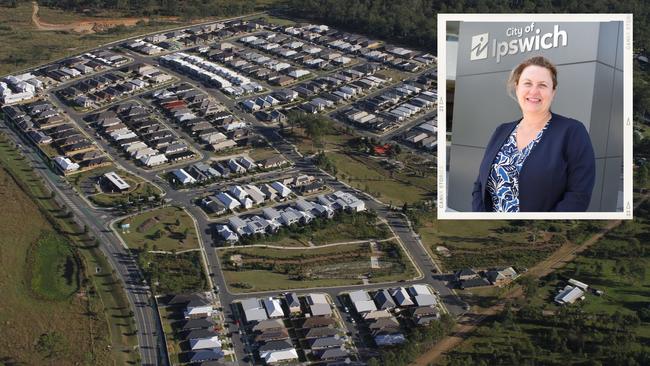
QLD News
Don't miss out on the headlines from QLD News. Followed categories will be added to My News.
Building heights will increase in seven suburbs, granny flats will be approved faster and parking rules relaxed under a new Ipswich town plan that aims to deliver 5000 extra homes a year until 2046.
Parts of Booval, Dinmore, Bundamba, Ebbw Vale, Riverview, Goodna and Wulkuraka could see dwellings up to three storeys approved, while minimum carparking requirements would be lowered in high-density areas.
Council yesterday signed off on the Ipswich City Plan 2025, the first major overhaul of the planning scheme in Australia’s fastest growing city in two decades.
It came a week after Brisbane Lord Mayor Adrian Schrinner announced a review into speeding up housing supply which also included raising heights in low-medium-density residential zones.
Mayor Teresa Harding said 100,000 dwellings would be needed in the coming two decades,
with the population expected to double to more than half a million by 2046.
There were just 140,000 residents in 2004, but explosive growth in huge greenfield sites in the Ripley Valley and around Yamanto has put huge pressure on housing supply.
The new city plan also included an updated Local Government Infrastructure Plan (LGIP) to drive the infrastructure that would be needed.
Ms Harding said yesterday’s vote was the culmination of seven years of work.
The final plan was similar to a draft released last year.
“This new planning scheme will allow Ipswich, as one of Australia’s fastest growing communities, to capitalise on the opportunities and address the challenges that come with rapid growth,” she said.
“It replaces a two-decade old planning scheme with a contemporary, fit-for-purpose scheme that will better allow Ipswich to respond to growth over the next 20 years.
“The Ipswich City Plan will deliver increased diversity of housing, helping boost citywide stock from 92,700 homes to 192,400 across the life of the plan, putting downward pressure on home prices and helping address the housing shortage, homelessness and overcrowding.’’
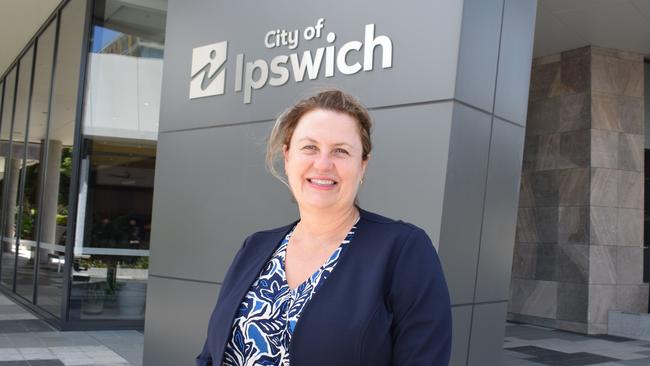
She said an important difference was a focus on building up, not out.
There was also a “bolder approach to secondary dwellings’’ which meant planning approval would no longer be needed to build a granny flat on eligible properties.
That measure alone could generate 22,000 extra dwellings.
But the new city plan also would make it harder to develop in known floodprone areas, in response to other changes made since the 2022 floods.
Infrastructure and planning chair, Councillor Andrew Antoniolli, said the old plan no longer met the city’s needs.
“It is no longer fit for purpose, with Ipswich City Plan 2025 allowing us to manage growth so that Ipswich has the right balance of residential, commercial, industrial and green spaces,’’ he said.
Council said it “engaged’’ with 100,000 residents during the consultation period and more than 500 submissions were considered.
Mr Antoniolli said the plan allowed for a greater range of housing types, with increased “gentle density’’ up to three storeys.

“It allows well-located areas close to transport and services such as parts of Booval, Dinmore, Bundamba, Ebbw Vale, Riverview, Goodna and Wulkuraka to increase densities in the right locations,’’ he said.
Ipswich’s character homes, dating from the 1800s when it rivalled Brisbane as the state’s de facto capital, would be protected.
Mr Antoniolli said council could now look at “under used’’ areas to build townhouses and social housing.
Ms Harding said “code-enforced’’ rules would ensure new developments did not pose an
unacceptable risk to people and property from flooding, which also would help the city cope with disaster management.
“Our approach is to avoid areas of unacceptable flood risk,’’ she said.
“Where development must occur, there is a focus on resilience with strict requirements for flood impacts to be mitigated as much as possible.”
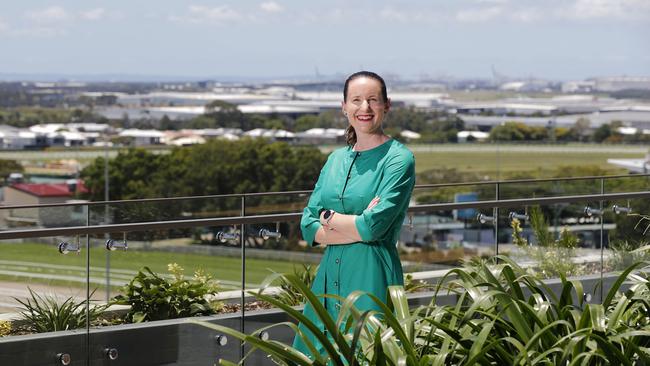
The Urban Development Institute of Australia welcomed the new plan.
“Planning schemes are living documents, needing continual updates to meet the needs of evolving communities,’’ state CEO Kirsty Chessher-Brown said.
“The Ipswich community had outgrown the provisions in the previous scheme.
“With a statewide housing crisis, it has never been more important to ensure access to diverse and affordable housing options for all Queenslanders.”
The new plan comes into effect on July 1.
More Coverage
Originally published as Astonishing number of homes Ipswich needs to build by 2045




